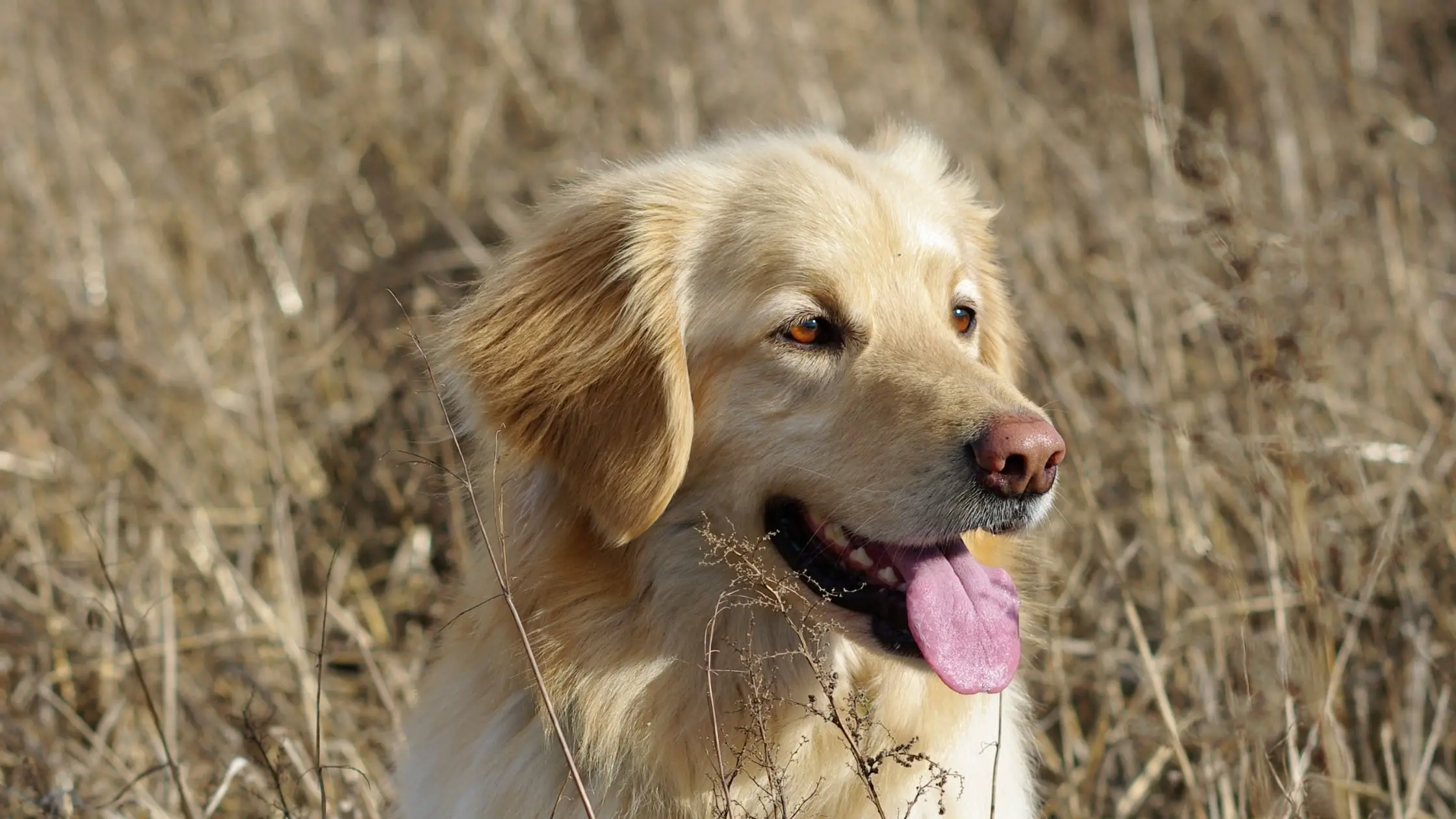6 Signs That Your Dog is Getting Old

Are you looking for signs that your dog is getting older?
Old dogs are wonderful to have around. You have had years of memories with them and they have been with you through good and bad times.
Older dogs are precious resources and loving family members. They deserve the best we can give them.
In this guide, we will discuss some signs that your dog is getting old. Understanding these signs can help you take extra good care of your pet, especially if it has developed any painful condition.
What Does Old Mean When it Comes to Dogs?
Old-age in Dogs is Breed-Specific
In the case of dogs, old-age is breed-specific. Explained simply, this means that aging is related to the dog’s breed and also its size.
For example, giant breeds like Mastiffs, Newfoundlands, and Great Danes only live up to 7 or 8 years of age. For these breeds, 4 to 5 years is considered old age.
Smaller dog breeds like Dachshunds can live up to 15 or even 20 years of age. For them, old age can be 12 to 14 years. (Do check out our post on the Healthiest Dog Breeds that have longer-than-average life spans).
Medium-sized dogs like Cocker spaniels can live up to 13-16 years. For them, old age is after 10 years of age.
Not all Dogs Develop White Hair
The reason why it is difficult to tell if a dog is getting old is that it may or may not develop white hair. Only a few dogs develop white hair around their muzzles and this is usually breed-specific and also depends on the pet’s genetics.
So how do you tell if your pet is getting on in years?
Here are some tell-tale signs of aging in dogs.
What to Expect with an Aging Dog? 6 Signs That Your Dog is Getting Old
1. Their Eyes get Cloudy
Older dogs often have cloudy eyes. You might also notice your pet bumping into objects. S/he might experience difficulty finding her/his way around or might not be able to find its toys when you ask them to fetch.
Please have your vet rule out cataracts and other eye-related issues that could result in permanent blindness.
2. They may Develop Oral Issues
One of the common signs of aging in dogs is the presence of bad breath. Many dogs develop dental diseases, gingivitis, and have loose or broken teeth. This is because their bodies are no longer capable of fighting off oral infections.

Older dogs also might not be drinking adequate water which could result in poor saliva formation.
This results in a change in the pH of the mouth which could cause bacterial accumulation.
It is important that you have your pet’s teeth cleaned from time to time and also rule out more serious canine dental issues.
3. Difficulty in Walking, Jumping, and Running
You will also notice your pet’s movements slower and more lethargic. It will no longer jump or run energetically as it did in its youth.
An older dog might not be able to jump up on the bed or sofa and might be reluctant to climb in the car or on the stairs. Speak to your vet and modify your pet’s exercise routine. You might have to take it out more frequently but for shorter walks so as to not exert its joints too much.
You might want to invest on a dog ramp for your dog since he will have a hard time to get to high places.
4. Weight Changes
Some old dogs gain weight due to decreased activity. Others might lose weight because of reduced appetites. (Check out our guide on 5 Tips to Get Your Dog to Gain Healthy Weight).
Weight changes are common in old dogs but they vary based on your dog’s breed, overall health profile, activity level, diet, etc.
Never ignore drastic weight or appetite changes – they could indicate diabetes or other serious health issues.
Speak to your vet and work out a diet plan based on all these factors. These days, there are many high-quality dog foods that cater to the different needs of aging dogs.
5. Urinary Issues
Many spayed or neutered dogs tend to develop urine leaks or incontinence issues. A spayed female might develop urinary infections more frequently due to dryness and excess licking of the private region.
Male dogs also experience urine leaks while sleeping. Please provide your pet with indoor dog pee pads to reduce its discomfort, especially if it has painful joints or arthritis that prevents outdoor potty breaks.
6. Cognitive Decline and Behavior Changes
Apart from physical changes, an older dog might also show a decline in its cognitive abilities. It might suddenly develop a fear of new places or even people.
S/he might not be its bubbly cheerful self and might not bark as frequently as it did in its youth. Old dogs also show changes in their sleep patterns. They might be very sleepy during the day or might wake up and pace more often at night.
Many old dogs also fail to follow commands that they used to follow well in their youth.
Signs That a Dog is Getting Old – Key Takeaways
Most of the above changes in old dogs are normal, expected, and benign.
However, some changes could indicate signs of a serious health issue. Do not ignore sudden weight loss or a serious lack of appetite where your pet hasn’t eaten for days.
Coughing, excess panting, and labored breathing indicate heart/lung/or respiratory diseases. Increased thirst and urination also might indicate diabetes.
Do not ignore lumps or bumps which could be cancer.
Watch out for abnormal behavior like barking at nothing, running in circles, being aloof, etc.
If these signs are present, have your pet examined by the vet right away.
